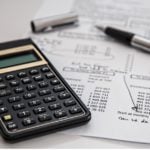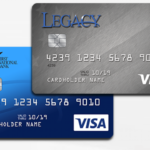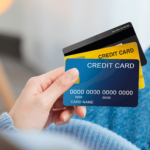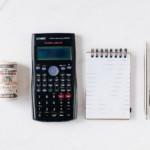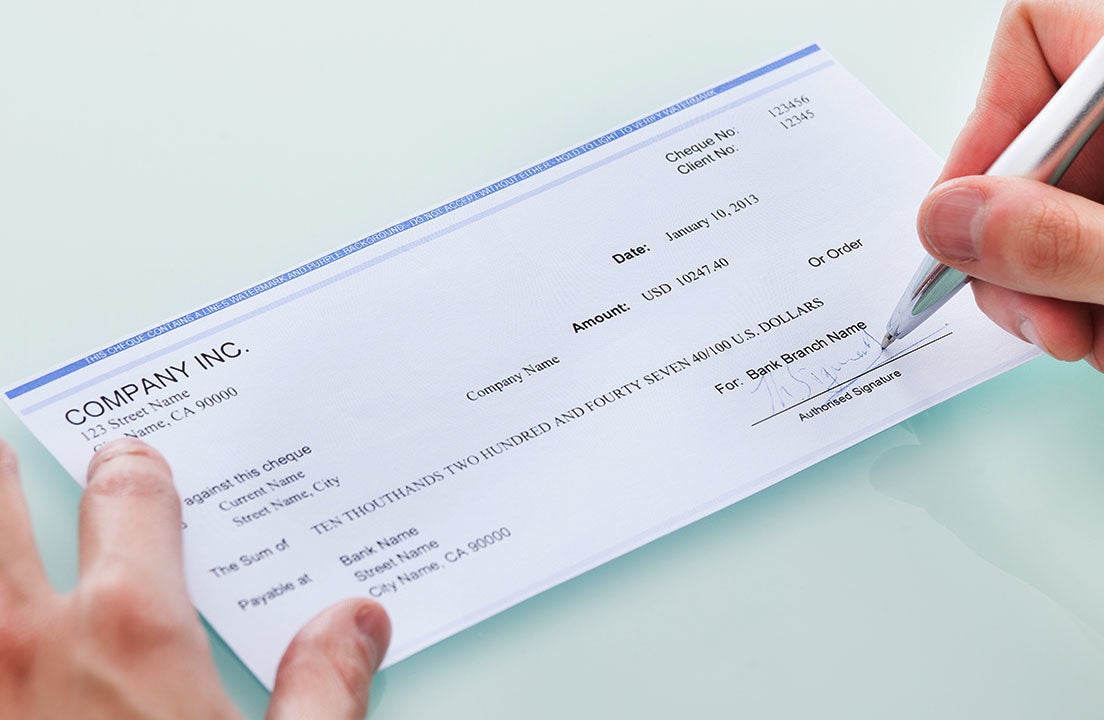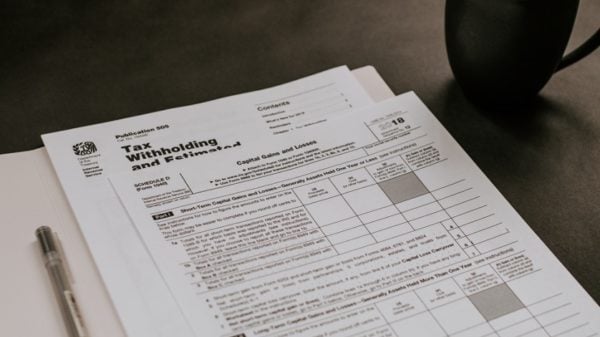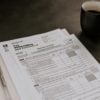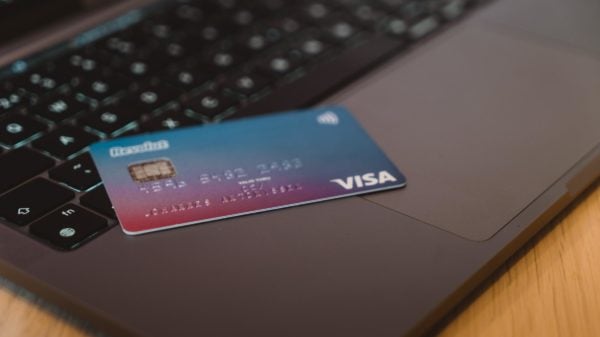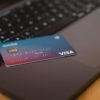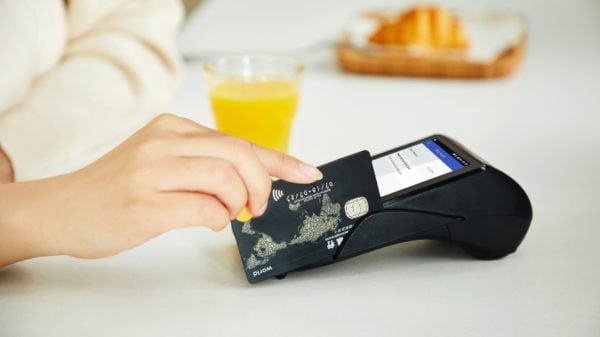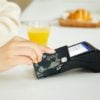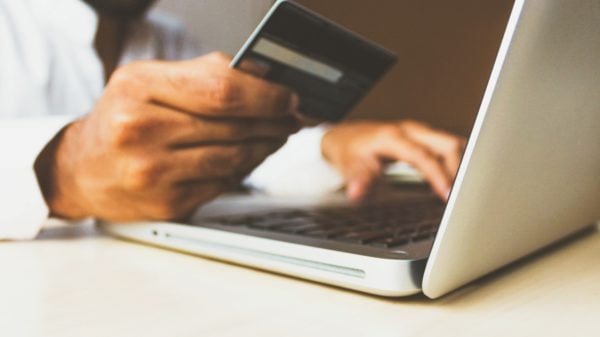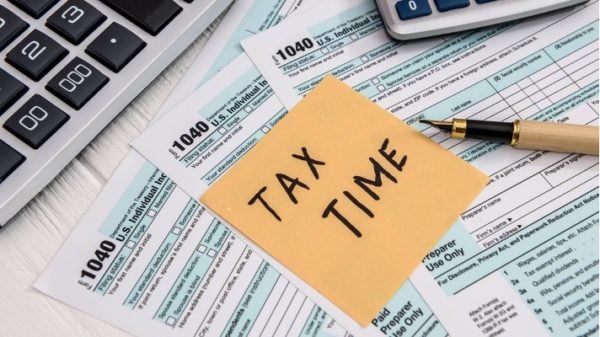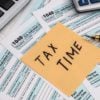Checks have been around for ages. It has been used since ancient times as a non-cash medium of exchange for making payments. During the second half of the 20th century, billions of checks were released annually. But while transactions using checks became common, not everyone knows the different parts of a check and how to read it.
Check out the essential parts of a check to help you in your future checking transactions.
Personal Information
Your personal details are always placed on the upper left-hand area of the check. It usually places your complete name on the first line and your home address on the second line.
If you have a joint account with your spouse, both your names will be present on the first row of your personal information.
Payee Line
Below the second row of your personal information, you will see a line where you must write the Payee’s name, business, or organization that you intend to pay using the check.
It is crucial to accurately specify who your Payee is. The bank will only encash or deposit the check to the person whose name appears in the Payee Line.
Numeric Amount Box
It is the area on the left side of the check where you must specify the numeric amount that the check represents.
Bankers often suggest writing an X or a squiggle after the numeric amount to discourage another person from altering the amount written on the check.
Written Amount
Beneath the Payee Line, you will find another line to place the written amount of the check’s value. For example, the check that you wrote is for $100.55. You need to write “One hundred dollars and 55/100.”
The written amount is more important than the numeric amount. It is considered the check’s official amount.
Date Line
On the upper right side of the check, you will see a specifically intended line to write the date. But you must keep in mind that you may write the current date when you are writing the check or write a future date for post-dating.
The option of post-dating is best when paying landlords with checks or if they want the Payee to encase the check on a certain schedule.
Signature Line
The check is not valid if you leave the Signature Line vacant.
The bank will verify the transaction by comparing your signature on the check with their records. They will use the signature card that you submitted when opening the account.

This is a sample of a check for a fictional bank that shows the parts of a check to know which parts require information.
Memo Line
This line is intended to show your note about the transaction. You may indicate the purpose of your payment on this part of the check.
However, it is not required to fill up this line. You may leave it blank, and the bank can still push through with the transaction.
Other important parts of a check include the bank contact information and routing number, your personal account number, and the check number. These are all located and displayed on the bottom portion of the check.













